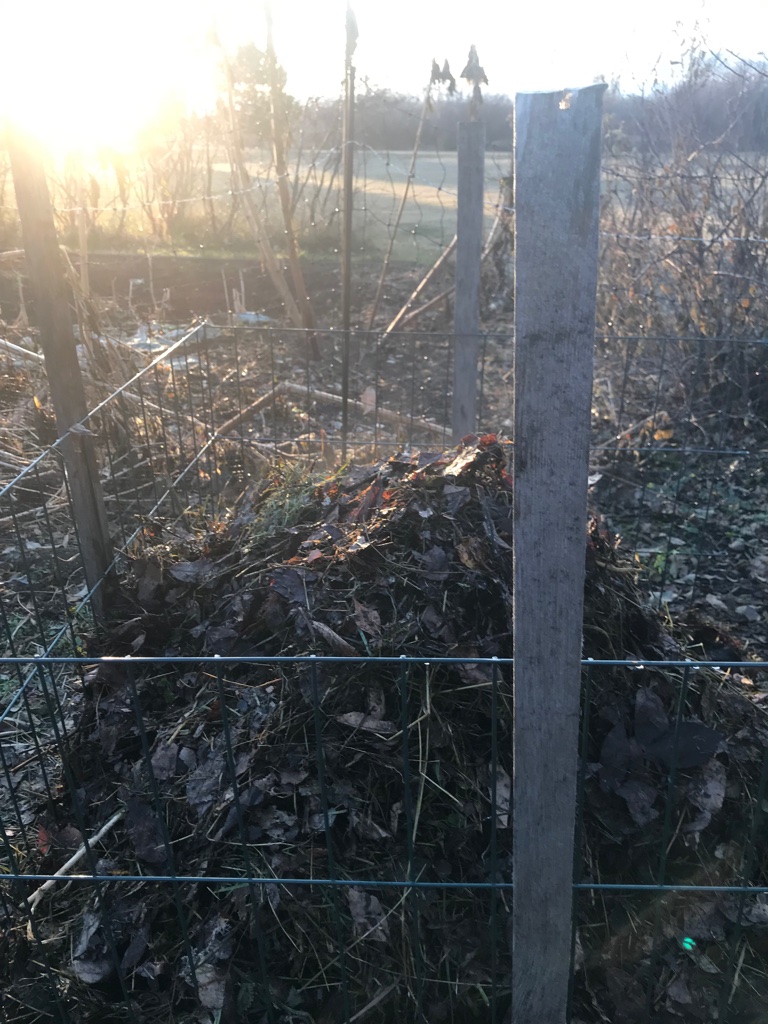
I am currently completely obsessed with soil health, and by extension, compost. It started last summer with my chicken project and the saga is continuing. Wondering how to best get my chickens working for me led me to study permaculture. Then a fall workshop with Urban Farm School geared specifically to the benefits of thermophilic composting got me stoked, and my interest continued expanding over the winter into both vermicomposting and bokashi composting.
With the following questions leading my decisions I set my resolve to not let anything that was biomass leave the property:
- How can I continually improve my garden soil, and by extension the soil of the earth (even if my little patch is miniscule)?
- How can I utilize and retain the greatest quantity of biological resources from my property?
- Could I create a zero organic waste situation on my property?
But why does this feel important to me?
Here’s the deal folks; soil is life. Nurturing lively, microbe rich soil is one of the keys to us continuing to live, healthfully, on this lovely blue/green ball that we call home. Without it there is little hope that we can continue to survive. Healthy soil is necessary for all life on planet earth, we all absolutely rely on it and we haven’t been doing a great job of it, especially over the past few hundred years as mechanization and chemical warfare has become our farming method of choice. Good soil management is also at least one solution to the carbon imbalance that we have created by extracting fossil fuels.
So again, with my big picture goals in mind;
I started with the chickens

Part of my reason for having chickens on the property was to have them work for me. Chickens are great helpers in the garden, if well managed. Hint: you cannot just let chickens roam freely in your yard – they will destroy it – pronto! However, chickens are great garden tillers, garden scrap eaters, bug controllers, compost stirrers and manure makers. All this while also providing me with nice fresh eggs and, if I was brave, home raised meat (so far, not me!).
Besides all of this, I find them thoroughly entertaining and nice to have in the yard. Chickens are considered to be ‘gateway livestock’ and many municipalities are being pressured to allow for small flocks on residential lots.
Then moved on to Thermophilic composting…
One of my instructors at Verge Permaculture is a delightful woman named Carmen Lamoureux who owns a small business called Urban Farm School. Recognizing a need for basic gardening skills in the community she started teaching workshops on basic gardening skills. In the fall of 2019 I took her class on composting which convinced me to try, really try, to make myself a thermophilic, or hot, compost pile. I had always composted but simply used what my friend Susan calls the ‘dump and run method’ of cold composting. Don’t get me wrong guys, this works. It is just different, with different goals and end product, than hot composting.
Sadly, the workshop was right before the cold weather set in. Even though I set to work the very next day, and my compost heated up beautifully (surprised even me!!) the cold weather set in before it was quite finished. I rescued it this spring by rebuilding and adding some fresh new materials, including my winter bokashi buckets (see below). This got my pile heated right back up and I am looking forward to a good sized pile of finished compost by the end of June.
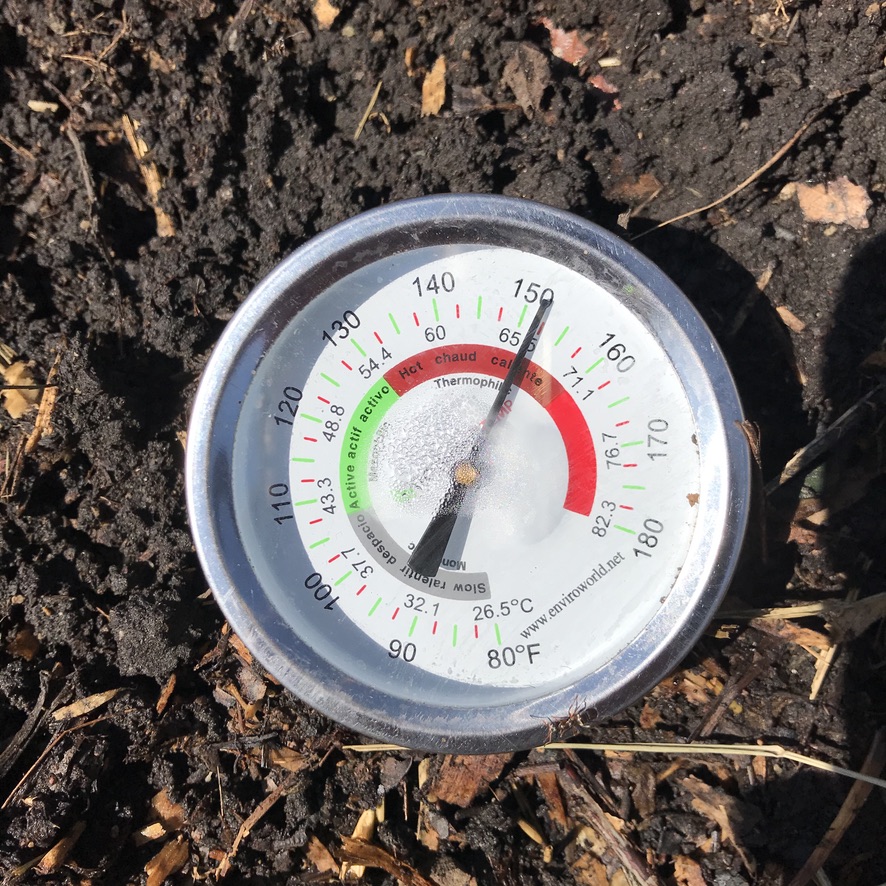
The winter brought Vermicomposting…
What exactly is vermicomposting? It is creating compost (in this case worm poop. Poop is a bit of a theme here so far) using worms and it is a (relatively) easy way to compost indoors during our cold winter months. Let’s face it, here in Canada we have a lot of cold winter months. In the past I have chosen to just not compost for the winter. However, that means that for a good majority of the year I’m neither taking advantage of my food waste, nor keeping that food waste out of the landfill. Neither of these are great options. Yes, I could just continue to dump and run for the winter but taking my scraps out to a frozen and therefore increasing pile has never seemed all that appealing to me. It’s not that it can’t be done, it can, it’s just that my current system doesn’t lend itself well to doing so.
My indoor worm bins gave me a place to compost the majority of our kitchen waste for the entire winter. The exception is onions and citrus, which worms are not super fussed on. So, enter….
And my final method of winter composting with Bokashi
I heard about Bokashi composting two summers ago from Steve’s cousin’s husband Dave. I had never heard of it but Dave was quite smitten with the method and after trying many methods has settled on bokashi. Basically bokashi is a method that uses ‘Effective Microorganisms’ (EM-1), a mixture of bacteria and yeasts, mixed with bran, to sort of ‘pickle’ or ferment (right up my alley) and thereby pre-compost wastes.
Kitchen wastes, which in this case can include even meats, bones, some fats as well as the regular compostable vegetative materials from your kitchen, are collected in a sealed bucket. Microorganisms are added after each addition of materials and the bucket is kept well sealed (bokashi is an anaerobic process) until full. Once full, the bucket contents are left to cure for a few weeks and then can be buried directly in your garden, added to your compost bins, or even fed to worms for further breakdown. For you pet owners there are even bokashi systems for composting that pet waste. For me, that is just a bit too ambitious but maybe someday.
This year I decide to use my two full 5 gallon buckets of bokashi as ‘green’, nitrogen rich, material to help build a hot compost pile. The material can be used as green, nitrogen rich, material because although it has been ‘pickled’ it still more or less retains its original qualities. It smells a bit funky and it looks like rather spoiled, but otherwise intact, veggie scraps. (It added a bit of funk to the compost pile at the beginning but it did seem to work to get that pile good and hot).
In a future post I intend to give y’all a good overview of each of these methods as well as the pros and cons as I see ’em so far. In combination, all of these worked together to get me to my goal for the winter. ALL of my food scraps and yard waste, except for the spring branches and trimmings, will go back into my garden as wonderful, microbe rich, compost.
I’d call that a resounding success.
Do you garden? What are your goals for the coming year?
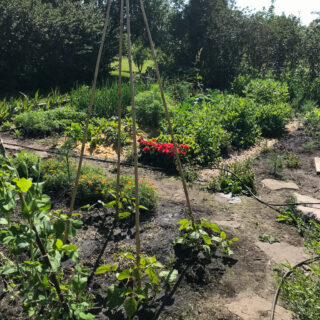
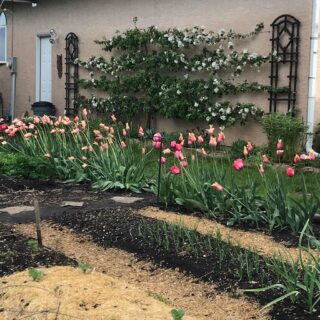
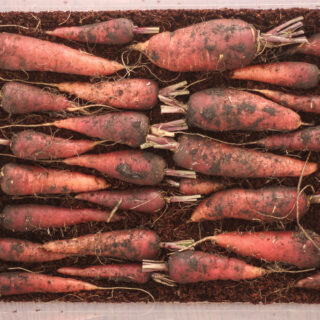
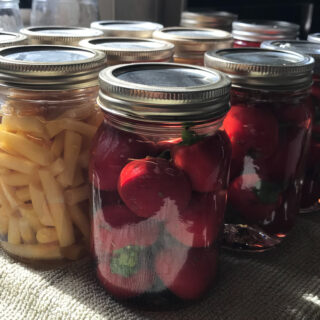
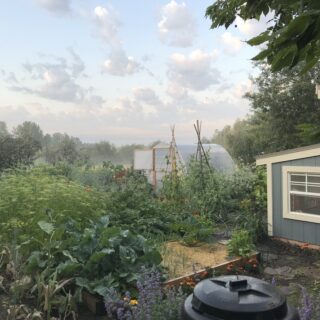
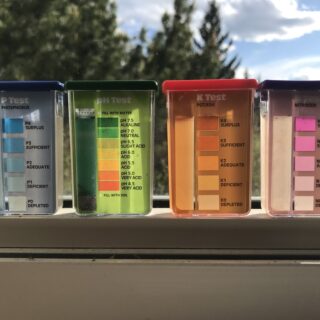
This was ( is ) a great post Mia….I’ll be interested in reading more.